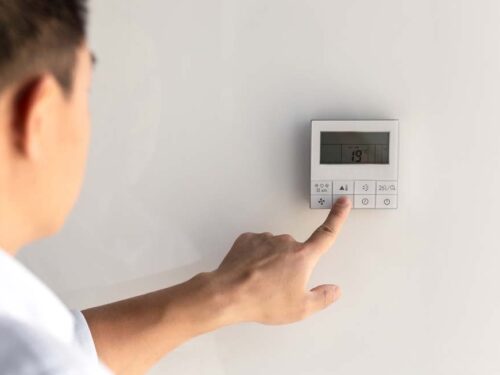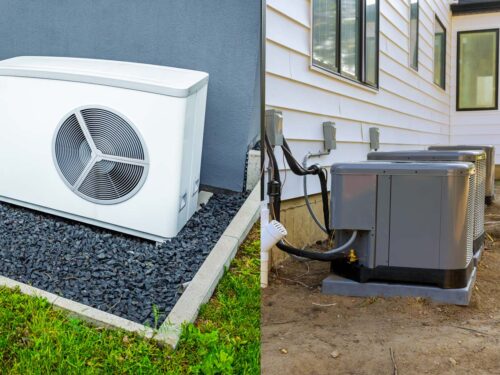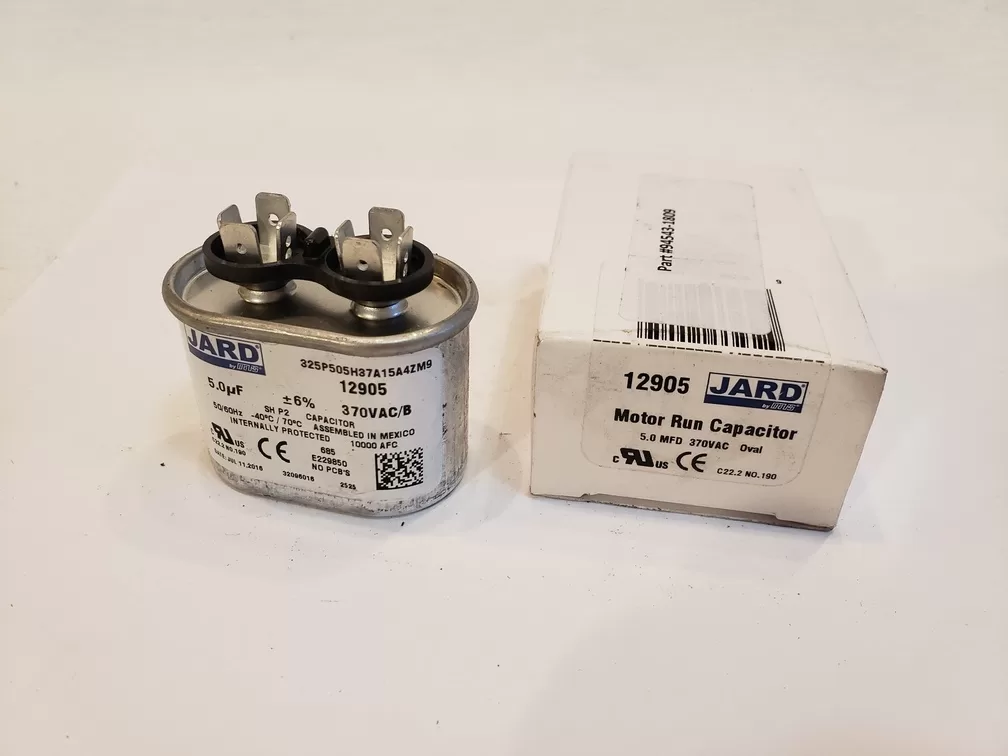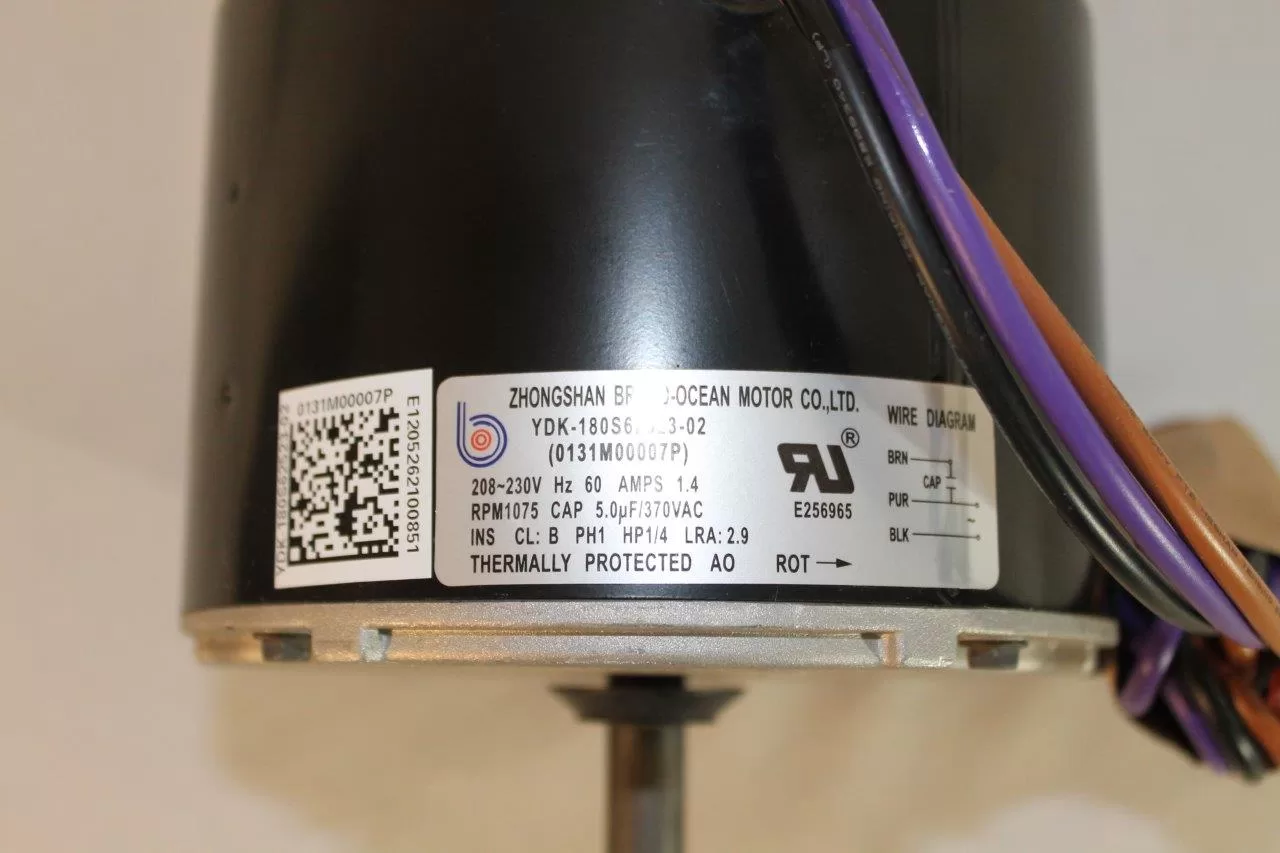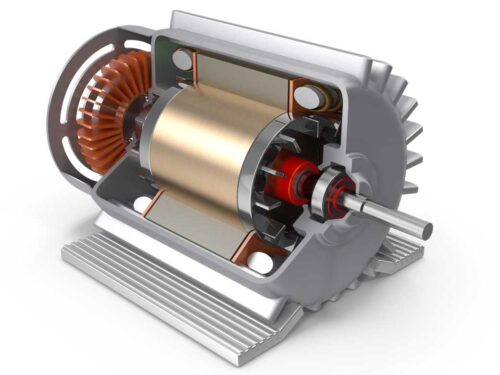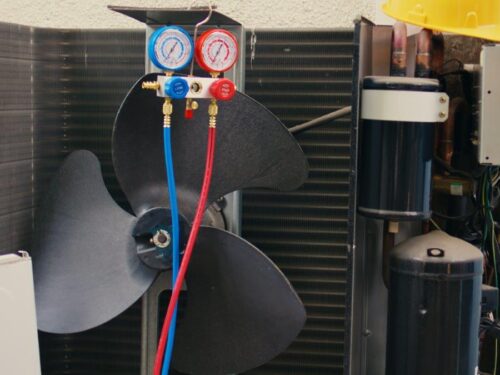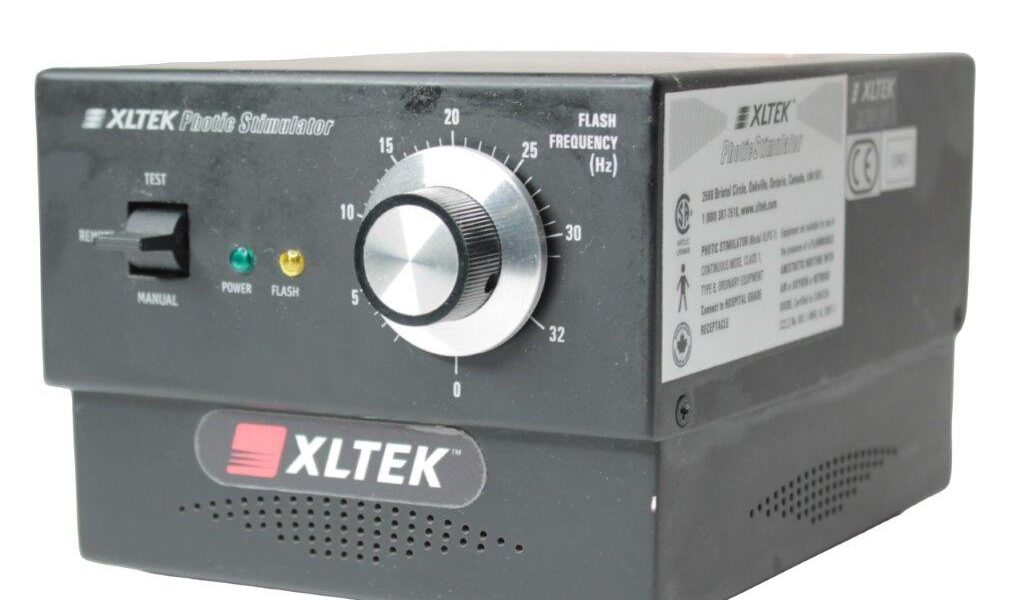
To provide a comprehensive comparison, let’s look at the Xltek Model XLPS-1 Photic Stimulator alongside two other photic stimulators in the market. We’ll compare these based on key features, usability, application versatility, and cost-effectiveness.
1. Xltek Model XLPS-1 Photic Stimulator
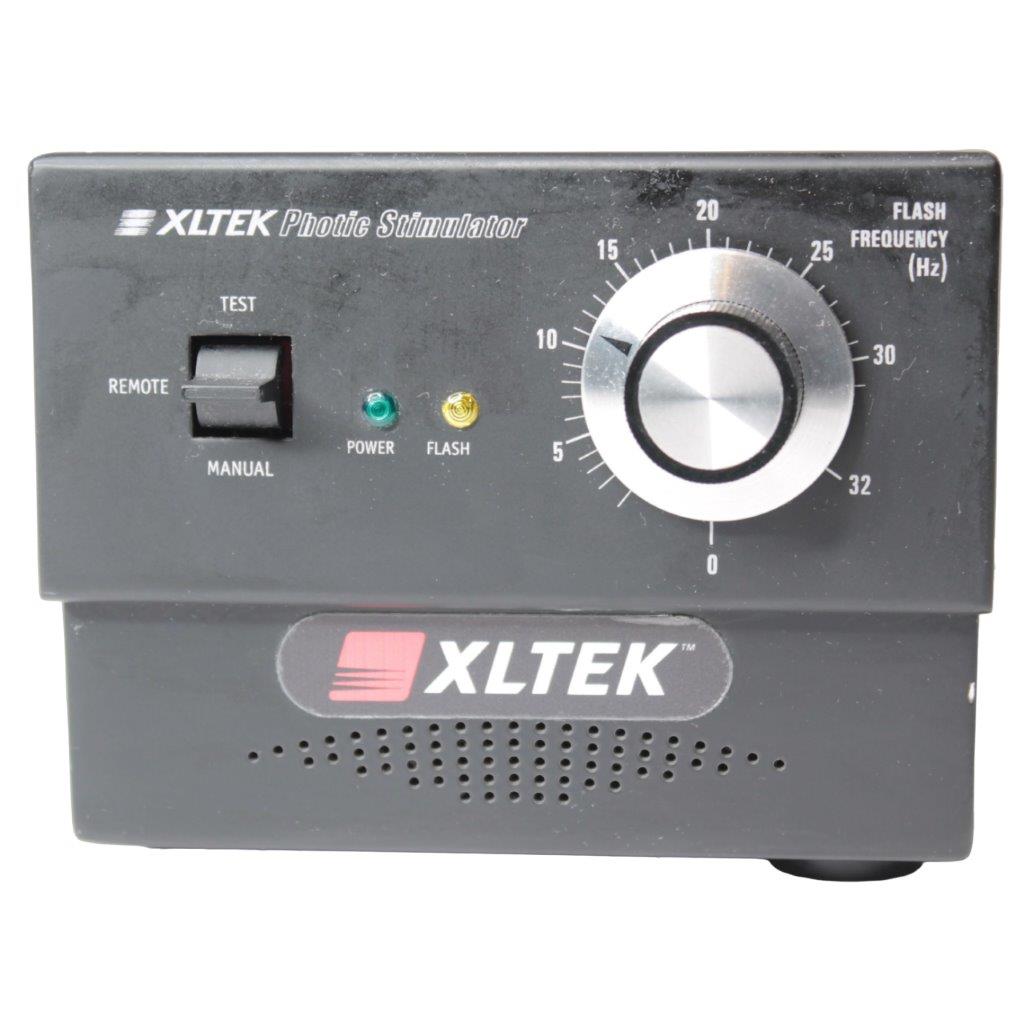
Key Features
- Adjustable frequency and intensity
- Designed specifically for EEG applications
- User-friendly interface
Usability
- Easy to set up and operate
- Requires training for optimal use
Application Versatility
- Primarily used in neurology and research settings
Cost-Effectiveness
- Considered a premium product, it may be on the higher end of the price spectrum but offers specialized functionality.
2. Grass Model PS33 Photic Stimulator
Key Features
- Provides a range of stimulation patterns
- Compatible with various EEG systems
- Built-in battery for portability
Usability
- Portable and easy to use in different settings
- Intuitive controls for clinicians and researchers
Application Versatility
- Suitable for both clinical and mobile EEG applications
Cost-Effectiveness
- Offers good value with versatile features, possibly more budget-friendly than specialized units.
3. Cadwell Photic Stimulator
Key Features
- Integrates seamlessly with Cadwell EEG systems
- Offers a range of flash frequencies and intensities
- Durable design for clinical environments
Usability
- Designed for ease of use with specific EEG systems
- Durable and reliable for regular use
Application Versatility
- Best suited for use with Cadwell systems, which may limit versatility
Cost-Effectiveness
- Priced competitively, offering good integration value for Cadwell EEG users
Comparison Summary
- Specialization: The Xltek XLPS-1 is highly specialized for EEG applications, making it ideal for detailed neurological studies and diagnostics.
- Portability and Versatility: The Grass PS33 offers portability and a broader range of settings, suitable for various clinical and research environments.
- System Integration: The Cadwell stimulator is optimized for integration with Cadwell EEG systems, which could be a decisive factor for facilities using these systems.
In choosing the right photic stimulator, considerations should include the specific EEG system compatibility, required features, budget, and the primary application environment (research vs. clinical). Each of these products has its strengths, catering to different needs within the neurological and research communities.
Disclaimer: When considering these products, verify their specifications, compatibility, and compliance with your requirements. Manufacturers’ details and product features should be confirmed from official sources or direct inquiries to the manufacturers.

